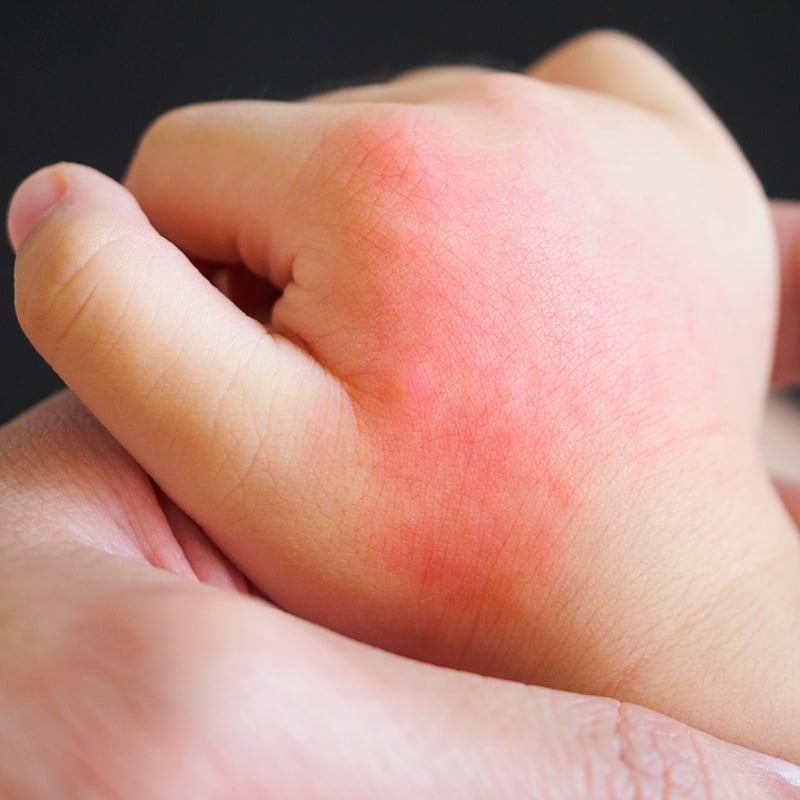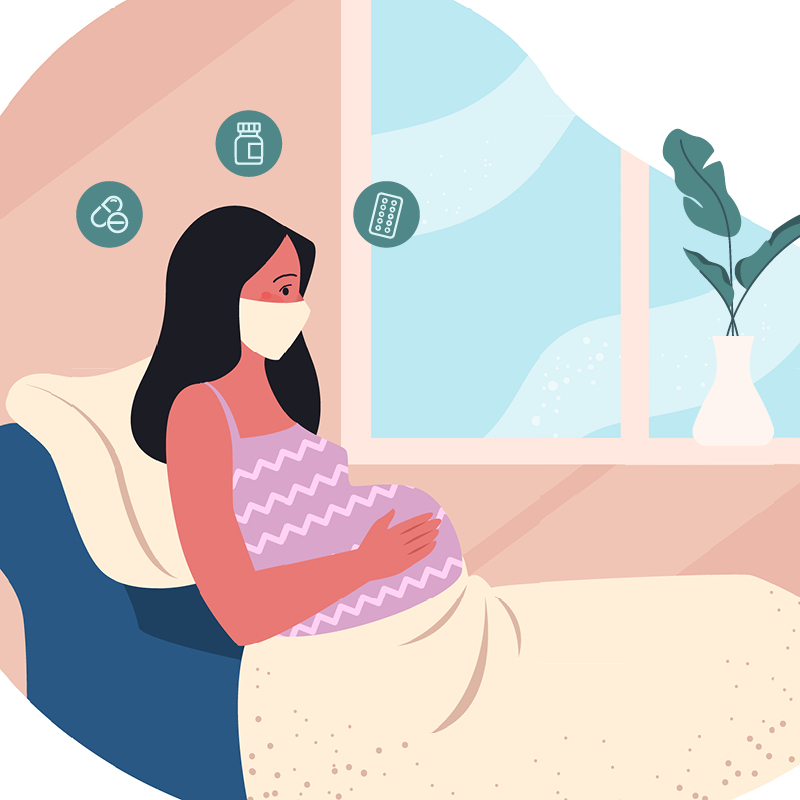Puberty is a complex process, with major changes happening in an adolescent’s body over the course of several years. While most children go through this period around the same age, some start going through changes earlier or later than others do.
LeKeyah Wilson, MD, is a pediatrician with Rochester Regional Health and discusses puberty, what qualifies as early or late, and changes that may warrant a call to your child’s pediatrician.
What is puberty?
Puberty is the period during which adolescents reach sexual maturity and become capable of reproduction.
For both boys and girls, there are physical signs showing the beginning of puberty that include:
- Development of hair under the arms
- Development of pubic hair
- Growth in height
- Growth of limbs
Boys will experience changes including:
- Voice changes
- Need to shower daily
- Acne
- Wearing deodorant
- Testicular enlargement
- Penis growth
Girls will experience changes including:
- Breast buds
- Starting periods
General puberty timeline
For the majority of adolescents, boys and girls follow a similar sequence in the stages of puberty.
In girls, about 80 percent start puberty with breast development around the age of 10 ½. This is followed by growing pubic hair, a sharp increase in height, starting their period, and additional height growth.
In boys, about 98 percent begin puberty with enlarged testes around the age of 11 ½. After this growth, pubic hair begins to grow, the penis lengthens, and height begins to increase more dramatically. This is followed by additional testicular and penile growth, followed by a deepening of the voice around age 13.
One of the most noticeable signs of puberty is a child growing taller. Height is determined by genetics and nutrition, Dr. Wilson said, so there is some predictability. As puberty begins, the speed with which a child grows starts to pick up. The further along an adolescent is in puberty, the less height velocity is left.
Before puberty, children grow approximately 2 inches per year. At their peak adolescent height velocity, that growth increases to approximately 3 ½ - 4 inches per year.
“Teenagers sleep a lot not because they are lazy, but because they are growing,” Dr. Wilson said.
Early vs. late
The average ages when puberty begins differ slightly for boys and girls. Girls begin to develop around age 8-9, with breast buds or growing hair under their arms. Boys start developing around age 9-10 with needing to wear deodorant or growing hair under their arms.
Early puberty
Also referred to as precocious puberty, early puberty happens roughly 2-2 ½ years earlier than the age at which most children begin puberty. For girls, it starts before the age of 8; boys who are deemed early in puberty will start developing before the age of 9.
There are different types of early puberty. Most children who experience changes early go through one benign change – such as growing hair under the arms – and do not show any other signs of puberty at that age.
What pediatricians call “true precocious puberty” is when a child goes through the progression of puberty and shows multiple signs of change at an earlier age than most other children.
“If you see your child developing signs of puberty early, check with your pediatrician to make sure there is nothing else going on,” Dr. Wilson said. “The pediatrician will review your child’s history, examine their height and weight, and conduct a physical exam to see what stage of development they are in.”
If a child shows concerning signs during their exam, pediatricians will evaluate them further with bloodwork to check for abnormal hormone levels or signs of illness. Imaging may also be conducted to study the child’s bones and see how they are growing.
Late puberty
Late or delayed puberty is diagnosed in adolescents who have not yet gone through puberty by the time 97-99 percent of other adolescents their age have reached sexual maturity.
Signs of late puberty may include a lack of pubic hair, breast development, or height. Concerns tend to arise with a lack of breast development in girls ages 12-13 and a lack of testicular enlargement in boys by ages 13-14.
Some causes of delayed puberty causes include:
- Delayed hormone production
- Genetic variations
- Poor nutrition
- Chronic illnesses
“If certain family members are known to be late bloomers, it’s not uncommon for their children to also be late bloomers and eventually catch up,” Dr. Wilson said.
How long does puberty last?
Puberty lasts approximately four years from the early changes to the final stages.
Treatments
With early or late puberty, after a physical exam and bloodwork or imaging, the first line of treatment is to focus on any underlying condition. For example, if a thyroid disorder were affecting puberty, this condition would be treated first with the goal of getting puberty back on track.
When monitoring early or late puberty, hormonal therapy can be an option. This is given consideration if a puberty delay is considered severe or if there are psychological impacts on a child due to early puberty. Boys would be given testosterone while girls would be given estrogen.
Pediatricians will refer patients to a pediatric endocrinologist for hormone treatments. These treatments vary from oral to injection on a case-by-case basis.
Since puberty is so complex, there are an abundance of ways in how each patient’s condition is treated. When a child begins developing early, their pediatrician will need to diagnose why a specific stage of puberty is happening earlier than other stages.
For example, if underarm hair is growing earlier than expected, it could be an issue in the brain, organs, or gonads – all of which require different courses of treatment. Tumors producing excess hormones could also be a cause. Some parents or caregivers may be taking a hormone replacement therapy medication, which a child may have accidentally ingested.
With girls, if their periods are delayed, have not yet begun, or started and then stopped, these are explored in a similar in-depth fashion.









